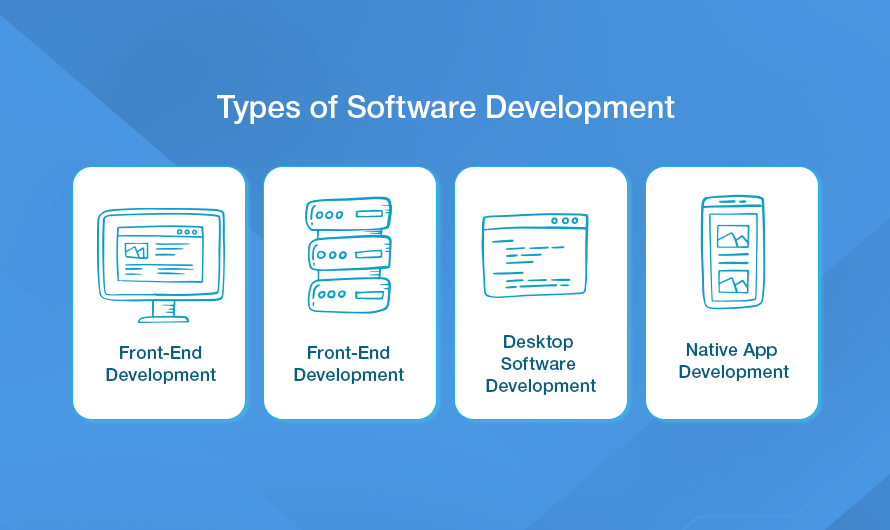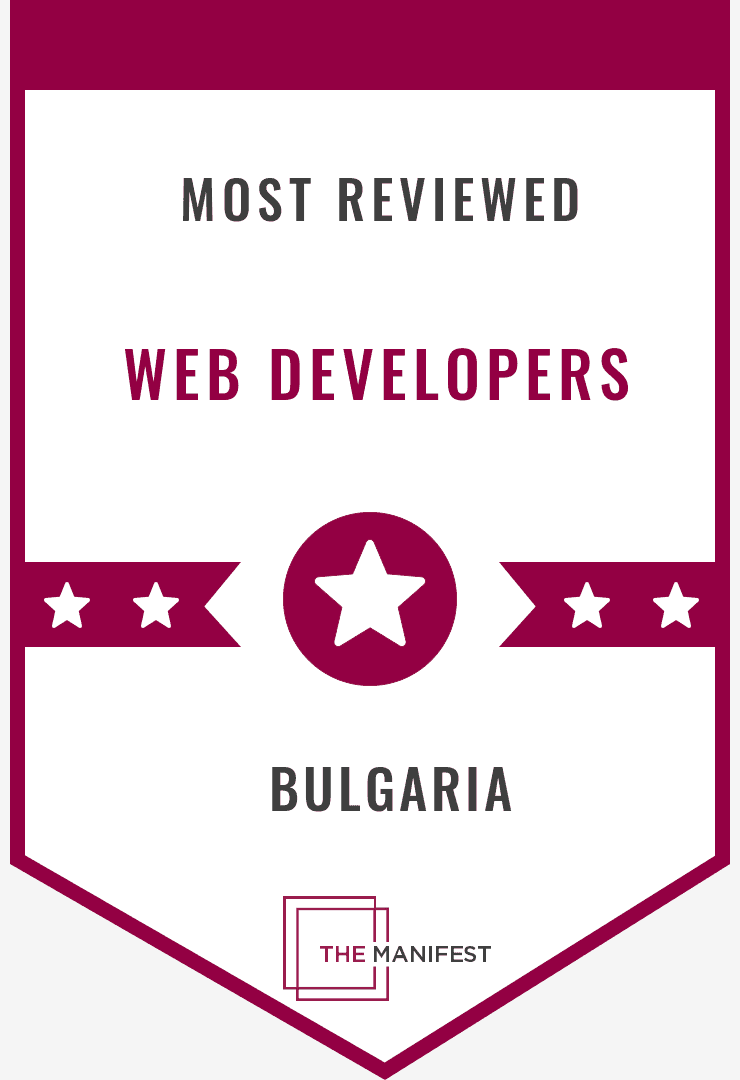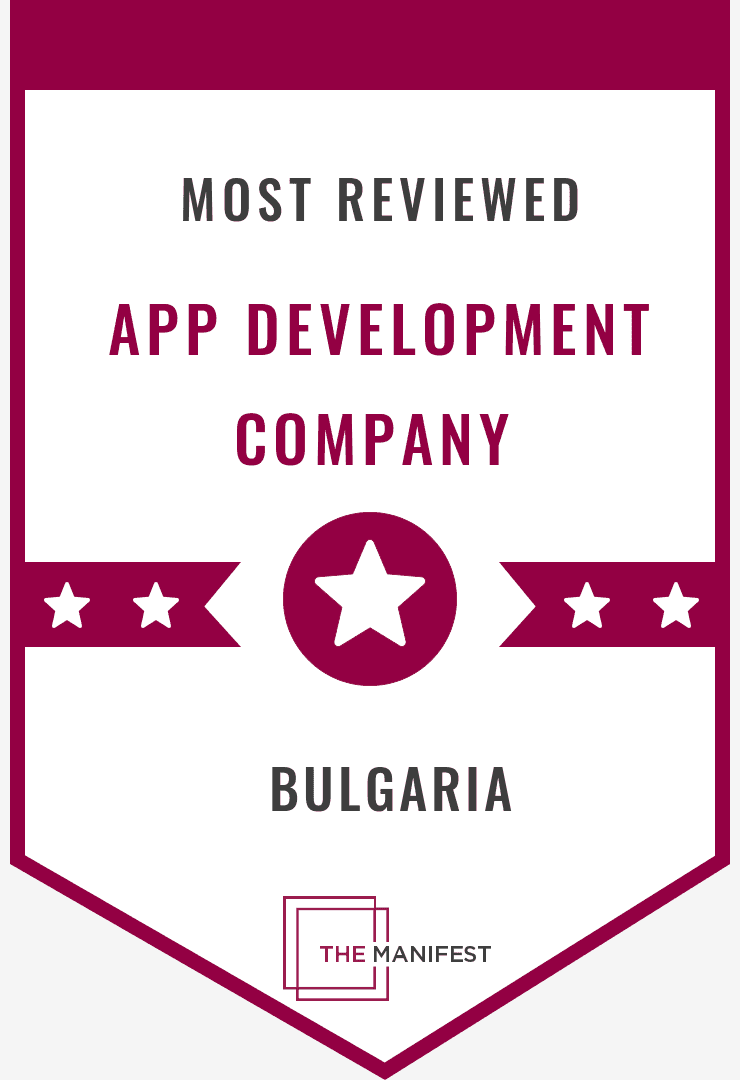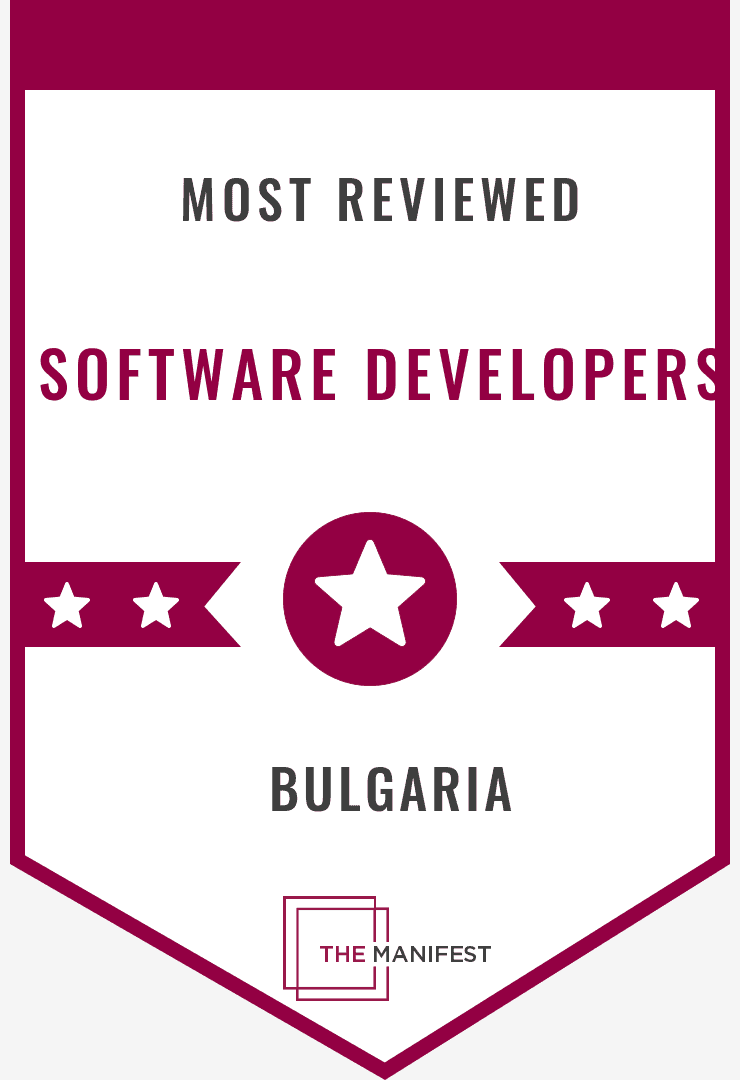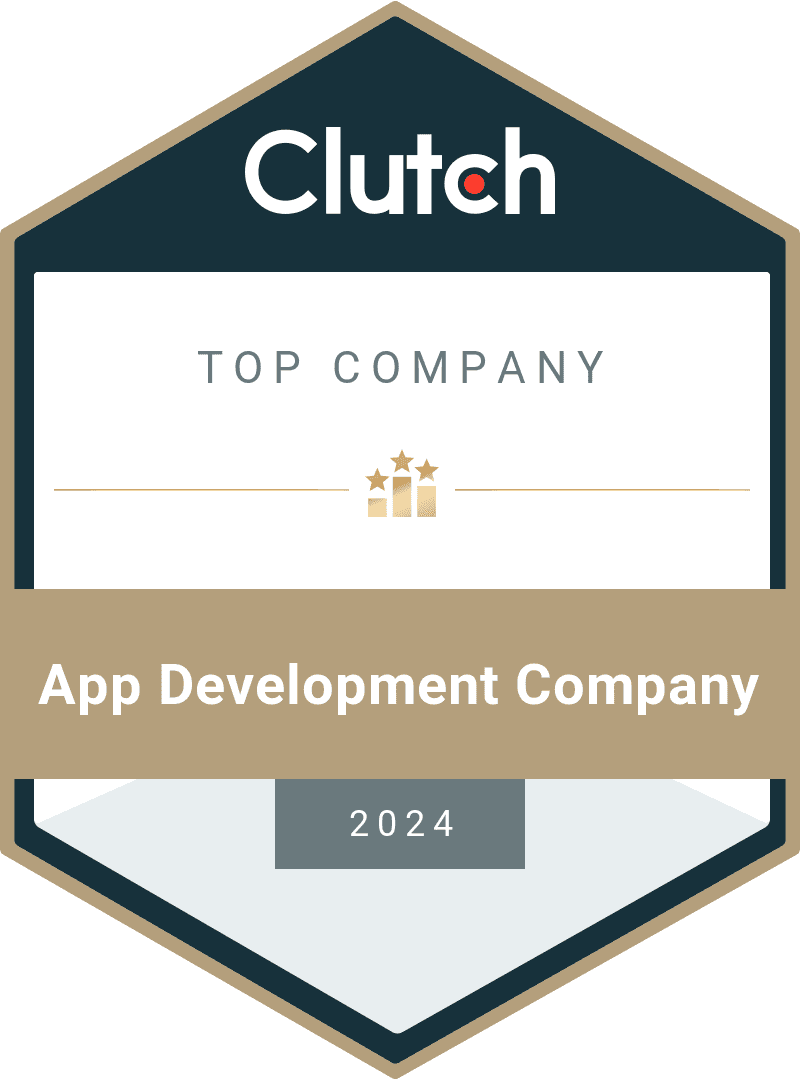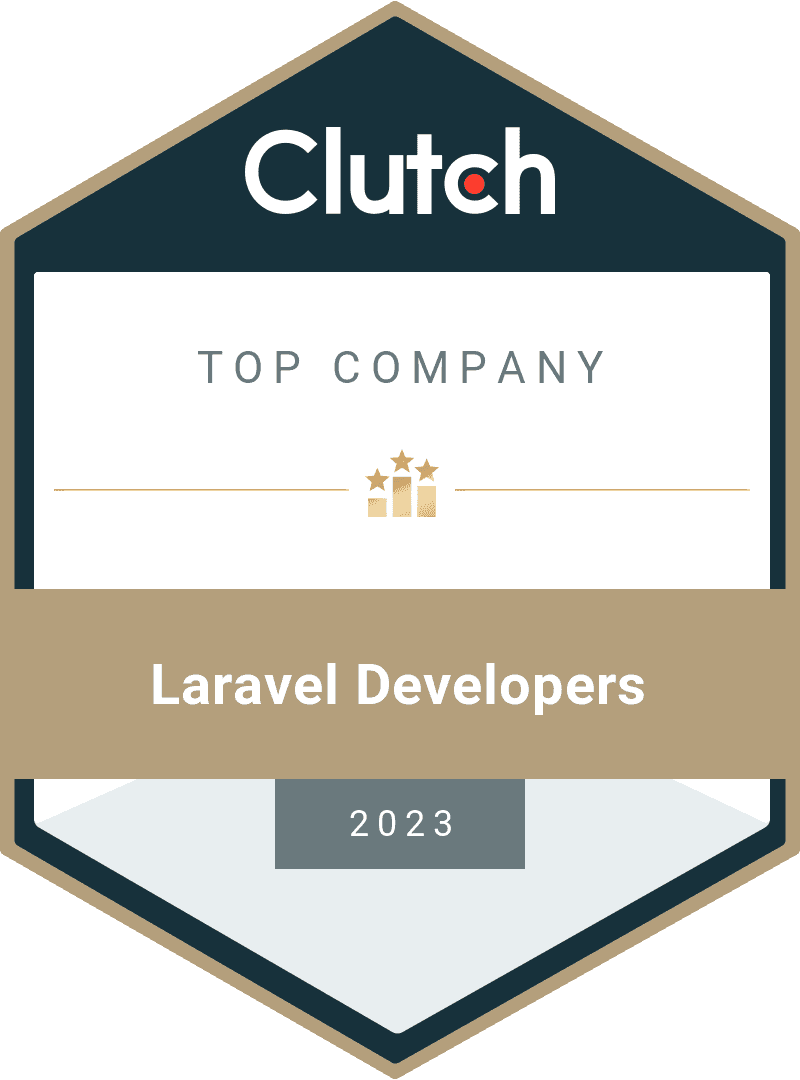Software development is a dynamic and ever-evolving field that encompasses a multitude of approaches and methodologies.
In this article, we will delve into the various types of software development, each tailored to meet specific goals and requirements.
From traditional methods to cutting-edge approaches, we will explore the many examples of software development possibilities and their real-world applications.
Throughout this article, we will discuss the different areas of software development, shedding light on their distinctive characteristics, benefits, and examples.
By understanding the array of options available, you'll gain insights into how different types of software development can address diverse challenges and drive innovation across industries.
Whether you're an aspiring developer or a seasoned professional, this exploration will offer valuable insights into the vast landscape of software development examples and their practical implementations.
1 Front-end Development
Front-end is a type of software development that involves creating the user interface and experience that individuals interact with when using software applications.
It focuses on designing visually appealing and intuitive interfaces to enhance user engagement.
The role of front-end development is crucial as it bridges the gap between the software's back-end functionality and the end user.
In this area of software development , technologies like HTML, CSS, and JavaScript are fundamental. HTML structures the content of web pages, while CSS styles and designs their appearance.
JavaScript adds interactivity and dynamic behavior, making applications responsive and engaging. Additionally, modern front-end frameworks and libraries, such as React.js, Angular, and Vue.js, facilitate efficient development by offering pre-built components and robust tools.
Front-end developers play a pivotal role in ensuring seamless user experiences and translating design concepts into functional interfaces.
Their expertise in creating visually captivating, user-friendly, and responsive interfaces significantly impacts how users interact with software, contributing to a positive overall impression and user satisfaction.
2 Back-end Development
Back-end development is a core example of software development, encompassing the server-side aspects that power applications.
It's responsible for data storage, processing, and ensuring the application's functionality and performance.
While front-end development addresses user interfaces, back-end development handles data management, authentication, and complex computations.
In this type of software projects, a range of technologies and frameworks come into play. Node.js, Ruby on Rails, Django, and Laravel are notable choices.
These technologies allow developers to create efficient server-side components that manage data, interact with databases, and facilitate communication between various parts of an application.
For instance, in an e-commerce platform, the back-end manages product inventory, handles transactions, and ensures secure user authentication.
Similarly, in a content management system, back-end development is crucial for storing, retrieving, and updating content while maintaining data integrity.
To sum up, back-end development is the invisible force that empowers software to deliver seamless user experiences.
It's a critical aspect of software projects across domains, orchestrating the intricate mechanisms that make applications functional, efficient, and reliable.

3 Full-Stack Development
Full-stack development refers to expertise in both front-end and back-end software development fields.
It empowers developers to create comprehensive, end-to-end applications that seamlessly integrate user interfaces, data management, and server-side functionalities.
In the area of software development , full-stack proficiency is vital as it allows developers to comprehend the entire lifecycle of an application.
Full-stack developers can architect applications from the ground up, ensuring a holistic and cohesive approach.
To become a competent full-stack developer, one needs proficiency in front-end technologies like HTML, CSS, and JavaScript, along with back-end technologies such as server-side languages, databases, and APIs.
Additionally, problem-solving skills and a deep understanding of software development principles are essential.
For instance, a full-stack developer could build an e-commerce platform, design the user interface, set up payment gateways, manage inventory databases, and implement user authentication.
Full-stack developers are versatile assets in software projects, they can create a corporate website or even a social media platform, as well they are capable of handling a project's entirety, from user experience design to database management.
Their ability to navigate both front-end and back-end intricacies ensures the creation of robust, integrated applications that meet diverse software development needs.
4 Progressive Web Apps
Progressive Web Apps (PWAs) are a cutting-edge types of software projects that combine the best of web and mobile app experiences.
They offer numerous advantages, making them an enticing choice in modern software development.
PWAs provide an optimal user experience across various devices and networks, bridging the gap between traditional websites and native mobile apps.
PWAs boast features like offline access, fast loading times, and responsiveness, ensuring a seamless user experience regardless of network conditions.
They can be easily installed on users' home screens, enhancing accessibility. Moreover, PWAs offer simplified maintenance, as changes made on the server side are instantly reflected for users.
For example, an online shopping platform could utilize a PWA to provide users with a fast and engaging shopping experience that remains accessible even in areas with poor network connectivity.
Progressive Web Apps revolutionize the area of software development by offering a user-centric approach, improving engagement, and reducing the gap between web and app experiences.
These characteristics make PWAs a compelling choice for businesses seeking to provide enhanced user experiences in today's diverse software landscape.
5 Mobile Application Development
Mobile application development involves creating different types of software projects tailored for mobile devices like smartphones and tablets.
In the mobile-first era, where mobile devices dominate digital interactions, mobile app development is crucial for delivering seamless user experiences on the go. There are three distinct development approaches:
- Native Development: Apps are built for specific platforms (iOS, Android) using platform-specific languages (Swift, Kotlin) for optimal performance and access to device features.
- Cross-Platform Development: Utilizes frameworks (React Native, Flutter) for developing apps that work across various platforms, ensuring efficiency and consistent performance.
- Hybrid Development: Combines web technologies within a native shell for faster development but with potential performance trade-offs.
For instance, a fitness app might require native development for precise sensor integration, while a news app could opt for cross-platform development for wider reach.
These options cater to various software development needs, creating diverse applications that resonate with users' preferences.
Native App Development
Native app development is a type of software projects which involves creating applications tailored for a specific platform, like iOS or Android, using platform-specific technologies.
This approach capitalizes on each platform's capabilities, ensuring optimal performance and device integration.
Advantages include superior performance and access to device features, while limitations involve separate development for each platform.
For instance, Instagram's native app delivers seamless performance and effectively utilizes iOS and Android features.
Cross-platform Development
Another software development example - cross-platform development - builds apps that work on multiple platforms using a single codebase.
It streamlines development by reducing duplicate efforts. Popular frameworks like React Native and Flutter enable efficient cross-platform development.
For instance, Airbnb's app is developed with React Native, ensuring consistent functionality and user experience across iOS and Android.
Hybrid Development
Hybrid app development combines web technologies (HTML, CSS, JavaScript) with native features within a native container.
This approach facilitates faster software developments but may compromise performance compared to fully native apps.
Using a hybrid system, Airbnb's app balances development speed with user experience across platforms.

6 Application Development
Application development is a dynamic process that crafts software to fulfill specific requirements. It spans diverse industries, from healthcare and finance to entertainment and education.
This versatility is driven by the need to tailor the software to address unique challenges and opportunities within each sector.
In healthcare, application development creates telemedicine platforms connecting patients and doctors remotely. In finance, it produces secure mobile banking apps. For entertainment, it designs immersive gaming experiences. In education, it builds e-learning platforms.
Regardless of the area of software development , application development focuses on delivering solutions that enhance efficiency, user experiences, and outcomes.
With an ever-evolving digital landscape, application development continues to evolve, adapting to emerging technologies and user demands.
This adaptability underlines its significance in shaping industries and enriching how we interact, learn, and conduct business in today's interconnected world.
7 API Development
API development involves creating Application Programming Interfaces that allow different types of development systems to communicate and interact seamlessly.
APIs act as intermediaries, enabling applications to request and exchange data, services, or functionalities without exposing their internal workings.
The process of designing and implementing APIs includes defining endpoints, specifying data formats (JSON, XML), and outlining authentication methods.
Developers follow REST (Representational State Transfer) principles or other architectural styles to ensure consistency and ease of use.
APIs find applications in various software development types. In e-commerce, they enable payment gateways and product integrations. In social media, they facilitate sharing and authentication.
In cloud computing, they empower resource management. The versatility of APIs underscores their pivotal role in modern software development, enabling interoperability, innovation, and streamlined workflows across diverse platforms and applications.
8 Desktop Development
Desktop development centers on creating software applications tailored for desktop operating systems like Windows, macOS, and Linux.
This area of software development focuses on delivering applications that harness the capabilities of desktop environments, optimizing user experiences on larger screens and with powerful hardware.
Technologies commonly used in desktop development include programming languages like Java, C++, and C#, as well as frameworks such as Electron, which allows developers to build cross-platform desktop apps using web technologies.
From image editing software to financial analysis tools, desktop development caters to several types of software projects that thrive on the robustness and features offered by desktop operating systems.
It remains a cornerstone in software creation, enabling applications that leverage desktop-specific features and workflows.
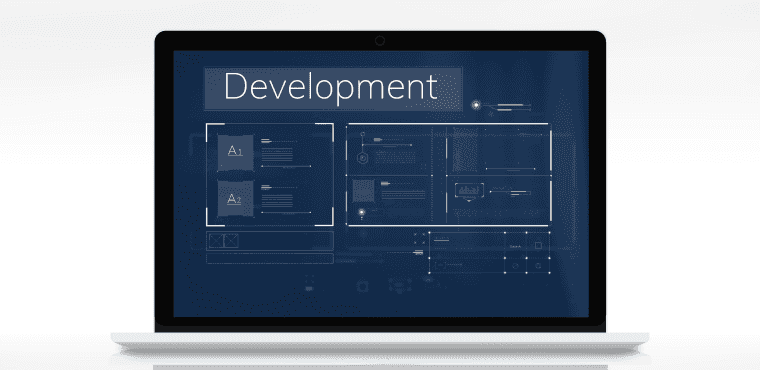
9 Security Software Development
Security software development focuses on creating solutions to protect digital assets from cyber threats and unauthorized access.
In an increasingly connected world, this area of software development plays a vital role in preserving confidentiality, integrity, and availability of information.
Software developments contribute significantly to cybersecurity across areas such as antivirus programs that detect and mitigate malware, encryption tools ensuring data privacy, intrusion detection systems identifying potential breaches, and authentication systems fortifying access control.
From firewalls to vulnerability scanners, security software development encompasses different types of software projects essential for safeguarding sensitive data, networks, and systems.
As cyber threats continue to evolve, security software remains a crucial pillar in defending against malicious activities, reinforcing the trust and reliability of digital landscapes.
10 Cloud Computing Development
Cloud computing development involves creating applications that leverage cloud infrastructure, enabling scalable and flexible solutions.
This type of software projects is pivotal in harnessing the power of cloud resources to meet varying workloads and demands efficiently.
Cloud computing development utilizes services like Infrastructure as a Service (IaaS), Platform as a Service (PaaS), and Software as a Service (SaaS).
Technologies such as Amazon Web Services (AWS), Microsoft Azure, and Google Cloud provide the foundation for building, deploying, and managing applications in the cloud.
From web applications to data analytics platforms, cloud computing development caters to diverse types of software projects seeking elasticity and cost-effectiveness.
This approach reduces infrastructure complexities and empowers businesses with resources that scale on demand, shaping the landscape of modern software development.
11 Video Game Development
Video game development is a dynamic realm of software creation that brings digital entertainment to life.
This type of software projects comes with its own set of challenges and opportunities, requiring a fusion of creativity, technology, and storytelling prowess.
The stages of video game development encompass concept creativity, design, programming, art creation, sound design, testing, and deployment.
Developers collaborate to weave intricate narratives, design visually captivating environments, and code interactive gameplay mechanics.
From indie gems to AAA titles, video game development caters to diverse interests and audiences. This type of software development demands close collaboration among multidisciplinary teams and embraces cutting-edge technologies like 3D modeling, AI, and virtual reality.
As gaming experiences become increasingly immersive, video game development offers an exciting space where innovation and imagination converge to create interactive worlds that captivate players.
12 Desktop Software Development
�
Desktop software development involves creating applications tailored explicitly for desktop computers.
This type of software projects focuses on delivering standalone solutions that run locally on individual machines, offering functionalities ranging from productivity tools to entertainment software.
Critical considerations in desktop software development include user interface design to ensure a seamless user experience, compatibility with different operating systems, efficient resource management for optimal performance, and regular updates to address evolving user needs and security concerns.
From word processors to graphic design tools, desktop software development caters to a wide array of applications.
While web and mobile technologies have gained prominence, desktop software remains essential for certain tasks that require offline capabilities, resource-intensive processing, and in-depth customization.
This type of software development ensures that users can access robust, tailored solutions directly on their personal computers, contributing to a diverse software ecosystem.
13 Software Tools Development
Software tools development involves creating applications that serve as utilities to aid developers and businesses in their various tasks.
This type of software development plays a crucial role in enhancing productivity, streamlining processes, and supporting the development and operational needs of both technical and non-technical users.
Commonly developed software tools include integrated development environments (IDEs), version control systems, project management platforms, code analyzers, and debugging tools.
These tools cater to a broad spectrum of needs, from simplifying coding tasks to ensuring code quality, collaboration, and efficient project management.
Software tools development is about empowering users with resources that optimize their workflows and decision-making processes.
These tools often align with specific industries, technologies, or roles, offering customized solutions that enhance efficiency and facilitate growth.
In a rapidly evolving digital landscape, software tools development contributes to equipping professionals with the resources they need to navigate complexity and create impactful outcomes.
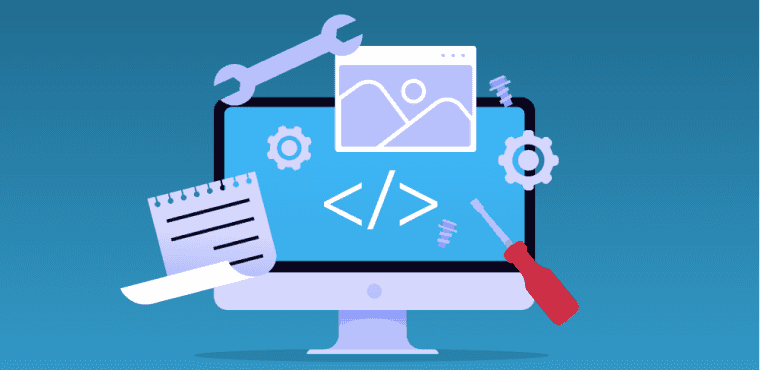
Which Type of Software Development Is Right for Your Project?
Choosing the right software development type is pivotal for project success. Tailoring your choice to specific project needs is key.
- Project Requirements: Evaluate what your project necessitates. Front-end development suits interactive interfaces, while mobile app development targets on-the-go users. Security software development is crucial for safeguarding data.
- Budget and Timeline: Consider financial constraints and deadlines. Native app development may be costlier and time-consuming, while cross-platform options offer cost savings and quicker deployment.
- Expertise: Leverage your team's skills. Full-stack development is versatile, while specialized technologies like cloud computing can enhance specific projects.
- Industry and Audience: Analyze your project's context. Video game development caters to entertainment, while desktop software targets specific computer platforms.
Weigh your project's unique aspects and align them with the right type of software development. This decision ensures a tailored approach that optimizes resources, meets goals, and results in a successful project.
Conclusion
This journey through the various types of software projects has highlighted the breadth and depth of possibilities.
Each type addresses specific needs and challenges, from front-end to back-end, mobile apps to security software.
Consider your project's requirements, budget, timeline, and team expertise when choosing a development type.
Front-end suits interactive interfaces, while cloud computing empowers scalable applications. Native app development delivers platform-specific experiences, while hybrid options provide cross-platform flexibility.
Seeking professional assistance is invaluable. Experts understand the nuances of each development type, ensuring tailored solutions that align with your goals and industry standards.
Remember, the world of software development is dynamic, and there's no one-size-fits-all approach.
Explore the options, consider your project's unique needs, and collaborate with professionals to turn your vision into a reality.
With the right system, your software project can thrive in today's fast-evolving digital landscape, meeting the diverse demands of types of software development.
Relevant Articles:

